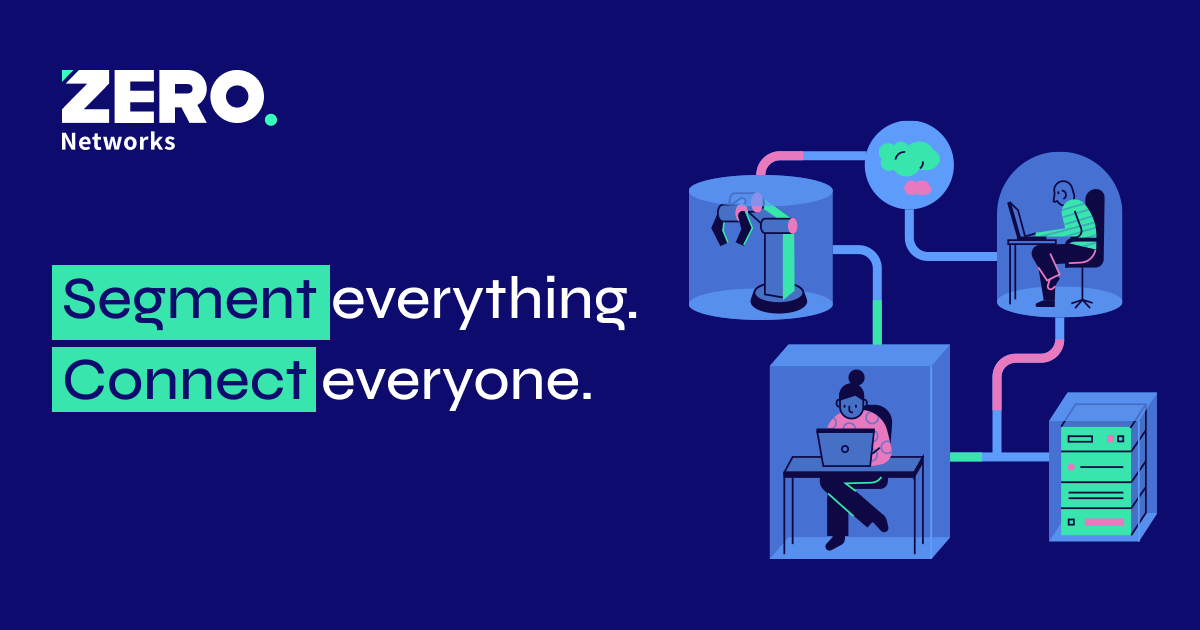An Essential Guide to Data Security Posture Management (DSPM) Solutions
How to Get Started, Key Components, and Common Mistakes

Data security is paramount in today’s digital landscape, especially with the increasing reliance on cloud infrastructure. Incorporating Data Security Posture Management (DSPM) tools into your cloud data security solutions will help safeguard your organization’s most valuable asset – data. This blog post provides insights, tips, and answers to frequently asked questions about DSPM solutions.
How to Succeed with (DSPM) Tools:
- Understand Your Data: Begin by gaining a clear understanding of your data landscape, including the locations of structured, unstructured, and shadow data stores, abandoned databases, and sensitive data types. Conduct thorough data discovery and classification.
- Evaluate Access Governance: Evaluate who can access your data and identify excessive privileges. Implement robust access controls and regularly review and update user permissions to minimize the risk of unauthorized access.
- Implement Risk Management Measures: Develop a comprehensive risk management strategy to identify and mitigate potential data breach risks. Continuously monitor and assess your data security posture to address vulnerabilities proactively.
Key Components of Data Security Posture Management:
- Data Discovery and Classification: Automatically discover and classify data across your cloud infrastructure, identifying its location, sensitivity, and associated risks.
- Access Governance: Control and manage data access, ensuring appropriate permissions and minimizing the risk of unauthorized access.
- Risk Management: Identify and assess potential risks to your data, implement measures to mitigate those risks, and maintain a strong security posture.
- Compliance: Ensure adherence to relevant regulations, such as PCI and GDPR, by implementing necessary controls and processes.
Common Mistakes with Data Security Posture Management:
- Inadequate Data Visibility: Failing to comprehensively understand data locations, types, and associated risks can leave organizations vulnerable to data breaches.
- Singular Focus on Discovery and Classification: Merely concentrating on data discovery and classification is insufficient for effective risk prioritization. To truly prioritize security measures, organizations must delve deeper into:
- Assessing the business impact and monetary value associated with each data asset.
- Evaluating the risk of a data breach or compromise.
- Poor Access Controls: Neglecting to establish proper access controls and reviewing user permissions can result in excessive privileges and unauthorized data access.
- Lack of Continuous Monitoring: You need to monitor and assess the security posture of your data continuously to ensure you are aware of potential vulnerabilities or changes that could impact data security.
- Ignoring Compliance Requirements: Neglecting to comply with relevant data protection regulations can lead to legal and reputational consequences.
- Incomplete Risk Detection: Relying solely on data store configuration for risk detection provides an incomplete picture of data security risks. It is essential to go beyond configuration and include:
- Identifying risky resources/users with access to sensitive data.
- Monitoring and analyzing actual data activity surrounding the datastore.
- Detecting anomalies and unknown risks that may evade standard security protocols.
An Ongoing Process
Incorporating Data Security Posture Management (DSPM) tools into your cloud data security strategy is essential for effectively protecting your organization’s valuable data. By following the tips outlined in this post and understanding the critical components of DSPM, you can establish a robust data security posture and minimize the risk of data breaches. Avoiding common mistakes will further enhance your data security efforts, ensuring your data assets’ confidentiality, integrity, and availability.
Furthermore, a core element of the evaluation of DSPM solutions is weighing the various technical features against the organization’s requirements. This Buyers’ Guide lists six categories of any DSPM tool’s technical capabilities that should be confirmed during each solution evaluation. Each section in the guide finishes with “Other– specified by the user organization,” reminding evaluators to consider specialized requirements that may uniquely apply to their organization.
Remember, DSPM is an ongoing process that requires continuous monitoring, assessment, and adaptation to evolving threats and regulatory requirements. Stay proactive and prioritize data security to safeguard your organization’s sensitive information.
Try Normalyze’s DSPM Tools in Your Environment
We invite you to try Normalyze for free in your environment. Sign up for Normalyze Freemium. Setup takes minutes, after which you can see for yourself how Normalyze will provide your security teams with 100 percent visibility and control of cloud-resident sensitive data.
What Sets Normalyze Apart From the Rest?
- Monetary value assessment of data stores
- Automation for creating custom rules and driving automated actions on risks
- Extensive customization to suit unique needs of every enterprise, including custom entities, profiles, and risk signatures
- Patented Data attack path detection to identify the risk of a data breach
- Patented one-pass scanner for cost-efficient scanning
These unique features set Normalyze apart from other Data Security Posture Management solutions, allowing organizations to prioritize their security efforts, automate risk mitigation, customize the solution to their specific needs, assess the risk of a breach, and conduct thorough scanning while optimizing costs. Normalyze empowers businesses to effectively enhance their data security posture and protect their valuable data assets.
Related Articles
Join The GBI Impact Community
Sign up to make an impact and hear about our upcoming events
By registering anywhere on the site, you agree with our terms and privacy policy



